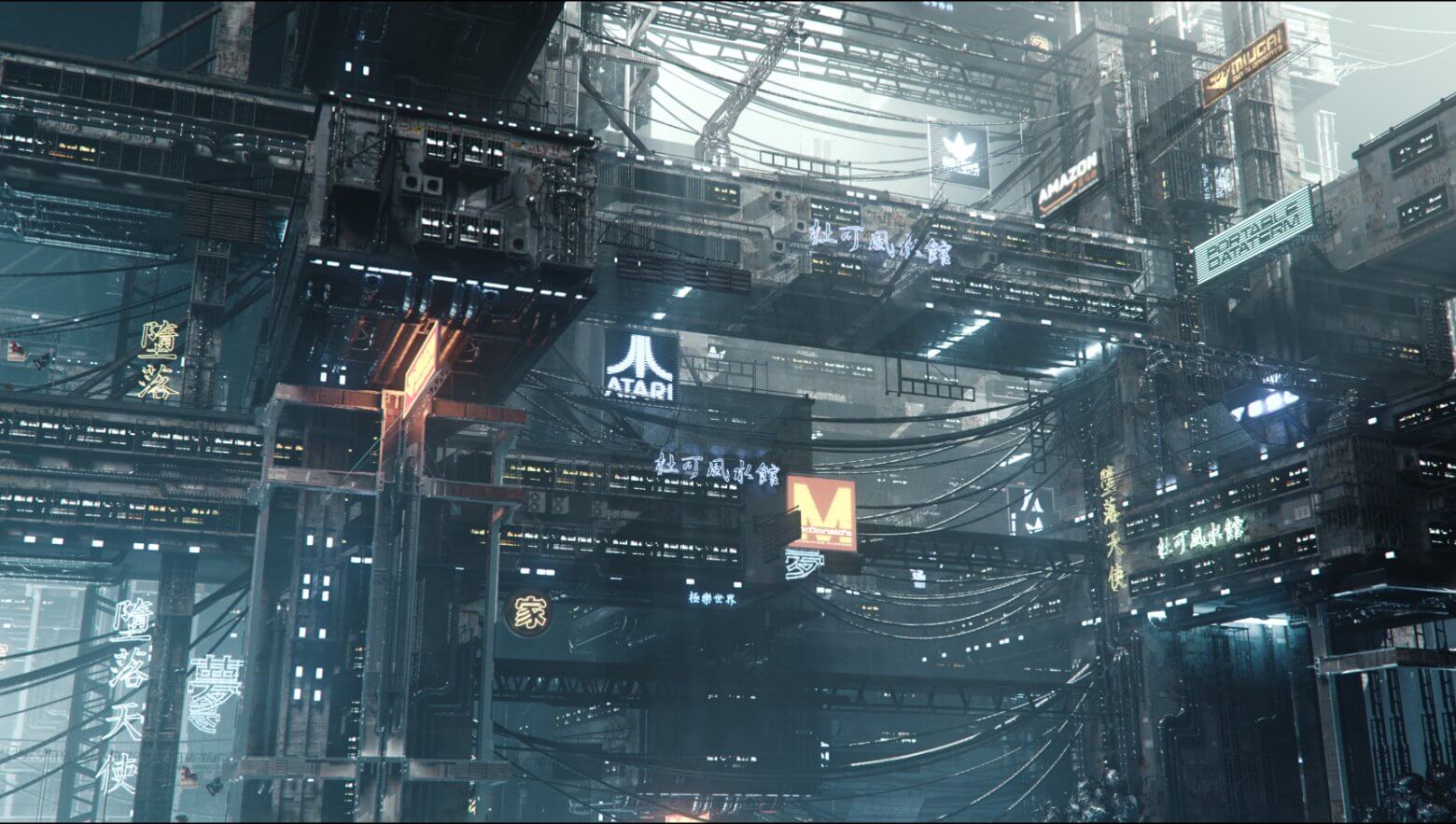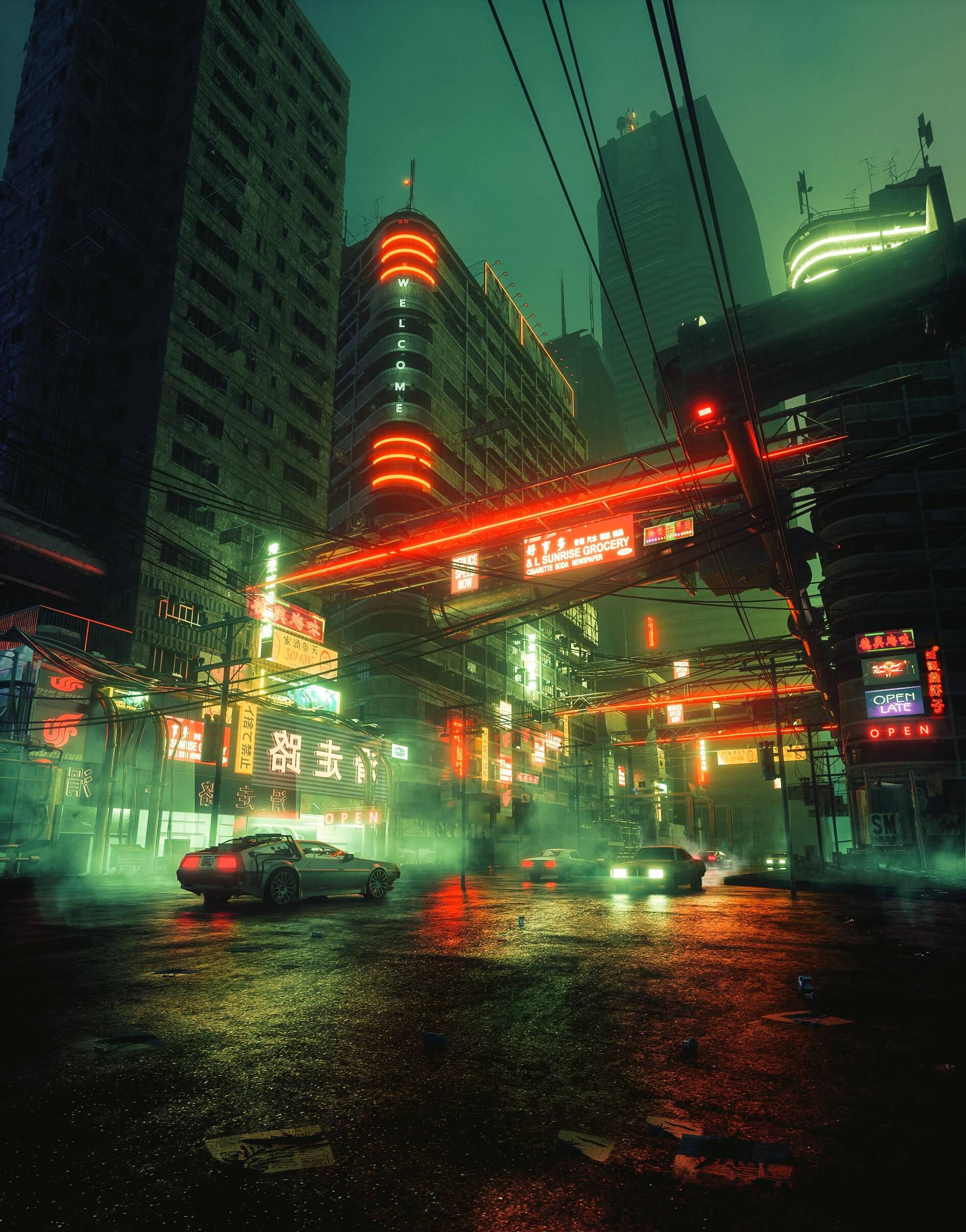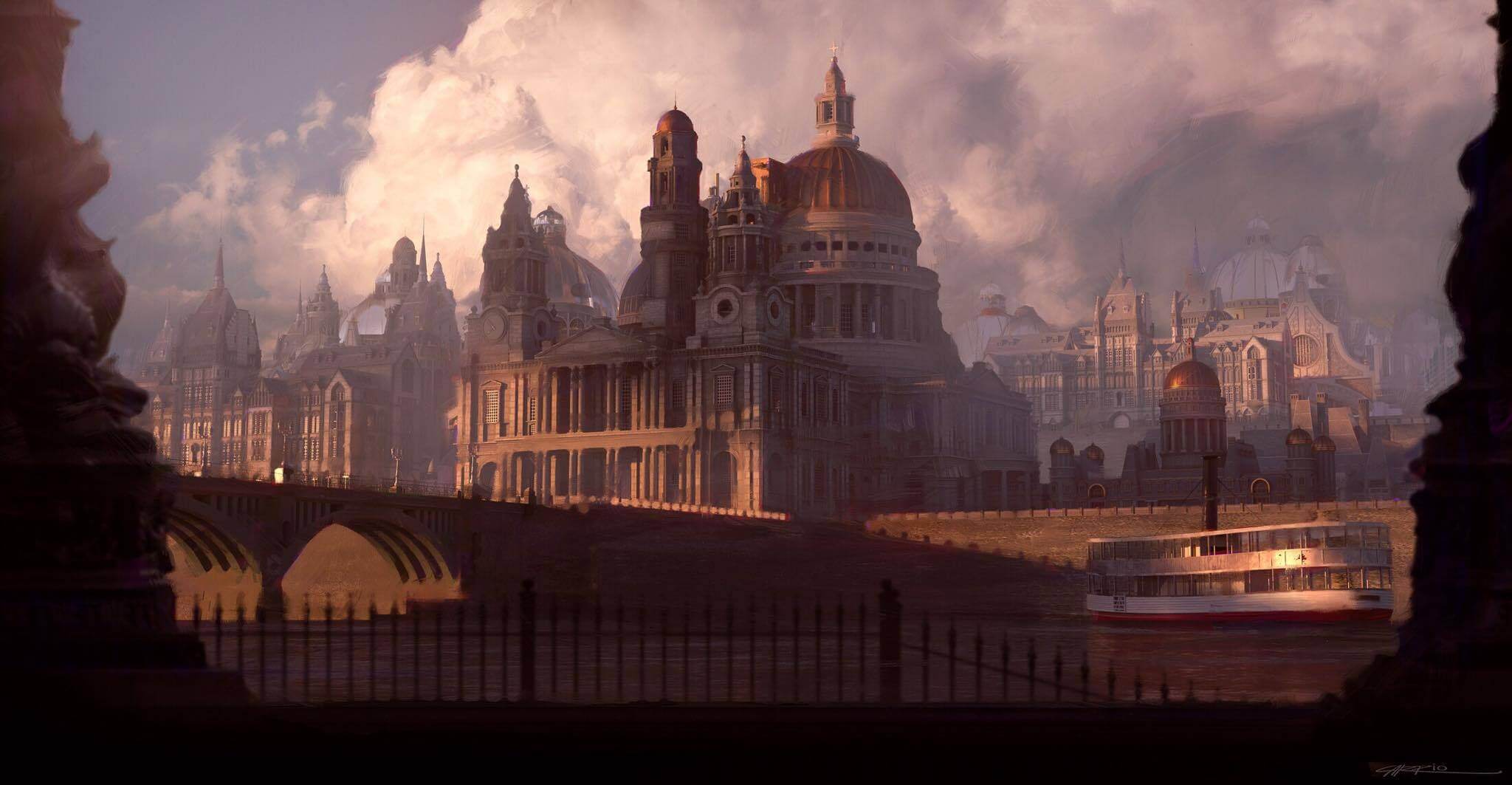
How long have you been an artist for, Mehdi? What is your “origin story”?
My name is Mehdi Hadi and I am a director, concept artist, VFX motion designer, and professor, based in Paris, France. I’ve been working in the field for the past 6 years, and I was self-taught thanks to every online tutorial I could get my hands on.
Tutorials opened the door for loads of experimenting and allowed me to learn new working methods which I later used as a support to develop my own experimental film “Abstract Reaction”:
Abstract Reaction from Mehdi Hadi on Vimeo.
I was always passionate about the general visual image, Movies, Cartoons, Web design, and always wondered how it all worked and how I could become part of that world.
Through my career, I had the chance to work with small and big studios all over the world, which gave me the opportunity to meet very different people like Andrew Kramer, for whom I created the Video Copilot live show “Chapter one” in Paris and recently participated to create the THX Deep Note Opening.
"Chapter One" Video Copilot Live 2019 – Opening Title from Mehdi Hadi on Vimeo.
What is your process before starting a project?
Whenever I’m starting a new project, I head to Pinterest to create a personalized board of all the visuals that I find interesting for the direction I want to take.
I don’t create a storyboard or sketch; however, I directly place my 3D elements in my scene to have a real notion of scale and perspective to anticipate the possible problematics.
Although I don’t visually draw the idea, I write down every aspect of the concept and the breakdowns of the action happening in it, which allows me to have space to navigate and improvise instead of blocking on top of an already locked down framing or action that I would probably be forced to change later on.
Can you talk to us about the story behind this particular image?

I am greatly inspired by fiction movies like Blade Runner, Ghost in the Shell, District 9, Elysium, and Akira amongst many others which would be way too long to fit in this interview!
When I started working on this visual, I wanted to portray a dystopian future. I have quite a pessimistic view of where the world is heading in the future and wanted to visually depict how an urban setting not too far in the future would be in 70 or 80 years, in my eyes.
A place that’s outright oppressing, intoxicating and suffocating, where habitats stack one over the other due to overpopulation. I also wanted to portray the media and advertising omnipresence, which is already very existent in our time that will later take even more space than they already do in my opinion.
Please take us through the step by step.
When I started this project, I knew that I needed urban assets with sci-fi architecture, but with realistic traits. I knew that the lighting was going to be essential in the final rendering of my image. I headed to Pinterest, as I previously mentioned, to start collecting my references.
Once my references were collected, I needed a starting point, so I chose the Brutalist kit where the designs and assets were really fantastic and really nailed the essence of my project. I wanted to focus on one massive structure that could allow me to fill in as much detail as I wanted in a single image.
Once my assets were picked, I tried different cropping and framing to have the most interesting angle possible.

Once I settled on the camera angle, it was time to add Details on the structure, but first I had to create some more assets for the piece.
It's very rare that I make my own assets; sometimes I do when I'm on a client project, but most of the time I use KitBash3d and 3d model packs made by talented artists who are better at modeling than me (like Vitaly Bulgarov for example, the most famous and many others.)
I had more than 300 GB of assets to check and to do so, I used a very practical tool called "Connect" by Design Connected that allows me to view and check all my 3d assets without having to open them in Cinema 4d one by one, which can take a very long time.
Once I selected my assets, I put them all in one Cinema 4D scene so it was easier to texture them and put them in the master scene file.
From that point, I started to add those details into the Brutalist structures by duplicating and instancing, as well as playing with symmetry, axis, and deformers. I didn’t need to go very far into the logic of placement because most of the detail would be lost in the fog.
When the structure was detailed enough, I only had to duplicate it several times and put it in the background to add density to my scene.

Since I knew the camera would never be close enough to appreciate all the details, I didn't need to do any UV unwrapping, so I textured my scene using procedural methods.
One of my favorite parts of the process is the rendering and lighting, because it will determine the atmosphere, tone, and feeling that the scene will evoke in the audience. I never have much light in my scenes, because I like to have a clear direction of my light (the more light there is in my scene, the more complicated it is to establish an atmosphere).

What I had to do before I put my lights on was to define the density of the lights emitted by the signs.

At this stage, I place 2 lights that will highlight the general shape of my structure.

And now I place my main light that will give the general direction to the scene.

The fog is what really sets the tone for the scene, that's when the magic works for me.
That's a big part of the reason why I used redshift for my rendering because it handles fog and the volumetric lighting very well, and renders at an impressive speed.

After some minor adjustments, I move on to the compositing phase, which in my case, comes down to colorimetric adjustments and lens adjustments. Since compositing is not my strong suit, I try to compensate by reducing this step to the maximum by putting all my effort into the initial 3D rendering.
And finally, why do you make art?
I adore creating and having the possibility to bring to life what’s in my own head. Being able to visually represent my thoughts in order for another person to share the world through my eyes, highly motivates me to be productive.
I also appreciate seeing people react to work. I love exchanging ideas with the audience, regardless of them liking my work or not. I always find it very interesting and constructive to talk to everyone about their artwork.
For these reasons mainly, I will surely stay invested in my work for as long as I get the chance.
---

Mehdi Hadi is a freelance Designer, Art Director, Illustrator, and VFX Motion Graphics Artist From Paris
To see more of his work, check out his Instagram and Vimeo
VIMEO : https://vimeo.com/mehdihadi
INSTAGRAM : https://www.instagram.com/mehdi4d/







